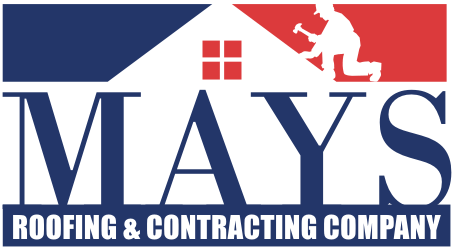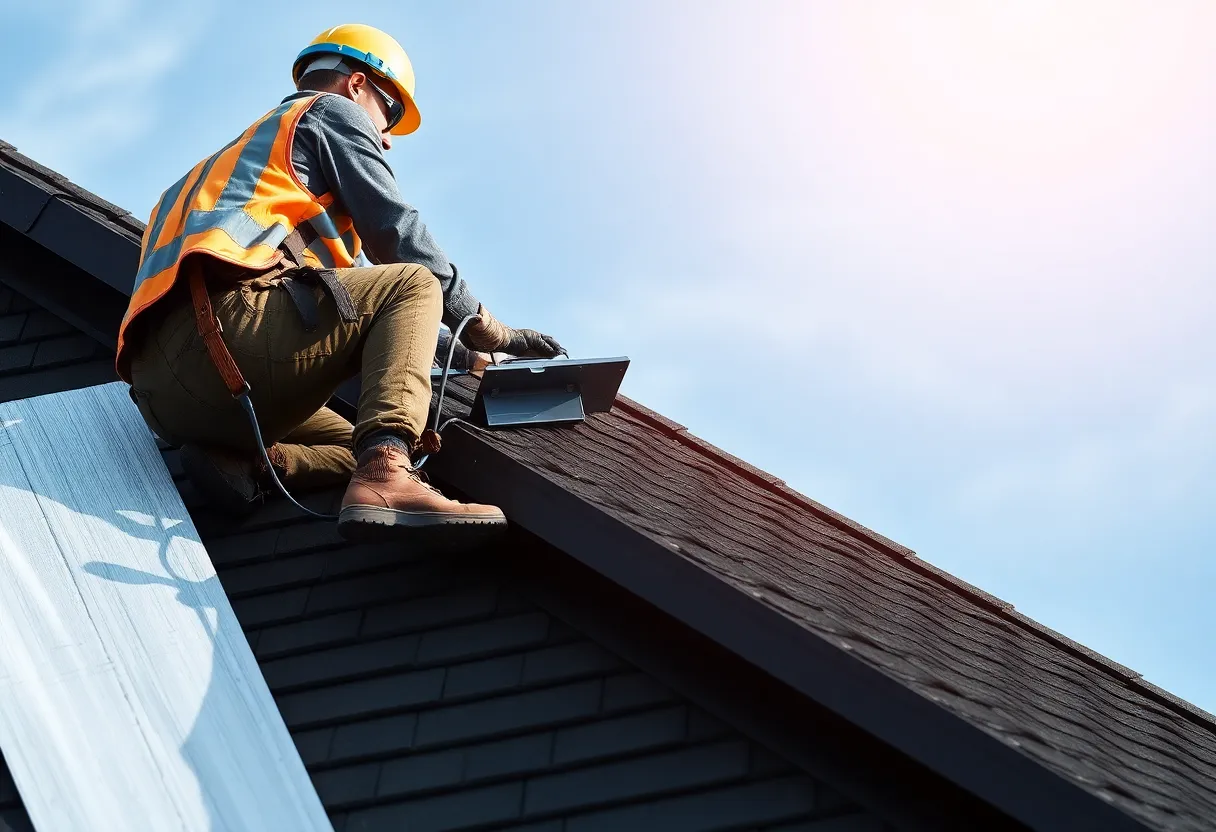How to Avoid Common DIY Roofing Pitfalls: Tips for Success
Introduction
Roofing, while often viewed as a straightforward task, can become a complex project riddled with challenges. Understanding the common pitfalls of DIY roofing is crucial for success. The best approach involves planning, material knowledge, and technique awareness.
1. Preparation is Key
Research and Learn
Start with thorough research. Familiarize yourself with roofing types—whether it is asphalt shingles, metal, or tiles—and their specific installation methods. Each material has unique requirements that are critical for a secure fit and durability.
Plan Your Project
Create a systematic plan. Detail the steps from start to finish. This plan should include timelines, material lists, and necessary tools. Considerations for weather conditions are also essential. Attempting roofing in adverse weather can lead to safety hazards and poor results.
Know Your Limits
Assess your skills honestly. Roofing requires not only physical strength but also specific knowledge. If you lack experience, seek assistance or advice from professionals. This can prevent errors that lead to costly repairs.
2. Use Quality Materials
Choosing the Right Materials
Your roofing materials significantly impact the longevity and performance of your roof. Skimping on quality can result in severe issues down the line, such as leaks or structural damage. Always opt for reputable brands and ensure all materials meet local building codes.
Understanding Material Lifespan
Different roofing materials have varying lifespans. Before making a selection, do your homework on the durability and maintenance required for each type. This awareness can help you make an informed decision that suits your situation and budget.
3. Safe Working Conditions
Invest in Proper Safety Gear
Your safety is paramount when working at heights. Always wear appropriate personal protective equipment (PPE), such as hard hats, gloves, and non-slip footwear. Consider using a safety harness if your roof has a steep pitch.
Establish a Secure Workspace
Before beginning your project, ensure that you have a stable and safe work environment. Use scaffolding or ladders that are in good condition. Always follow ladder safety guidelines to prevent falls.
4. Proper Installation Techniques
Follow Manufacturer Guidelines
Each roofing material typically comes with its own manufacturer installation instructions. Adhering to these guidelines is not optional. Following them ensures the roof performs as intended and retains the warranty.
Pay Attention to Flashing
Flashing is crucial for preventing water intrusion. Properly install flashing around vents, chimneys, and other penetrations. Ensure it is well integrated with the roofing material to avoid leaks.
Overlapping Methodology
When installing roofing shingles or panels, follow the recommended overlapping pattern. This technique is vital for enhancing water drainage and minimizing the risk of leaks.
5. Inspection and Maintenance
Thoroughly Inspect Upon Completion
After installation, conduct a thorough inspection. Check for missed or improperly attached shingles, as well as any signs of inadequate flashing. Photographing your progress can help spot areas needing attention.
Routine Maintenance
Roof maintenance is an ongoing concern. Implement a regular inspection schedule to identify potential issues early. Cleaning gutters and reviewing for debris build-up will improve water drainage and overall system performance.
6. Know When to Call a Professional
Recognize the Limitations of DIY
While DIY projects can save money, they are not always advisable. A complex roofing issue, such as structural repair or extensive damage, is better handled by a qualified contractor.
Seek Professional Evaluations
If at any point during your project you feel uncertain, consult a roofing professional. These experts can provide valuable insights and may assist in areas where your skills are lacking.
Conclusion
Avoiding common DIY roofing pitfalls necessitates careful preparation, a firm understanding of materials, and the adoption of safe installation techniques. Always remember, when in doubt, calling in a professional is a sound investment. Taking the time to ensure you undertake your roofing project with diligence will pay off significantly in the long run.
Key Takeaways
- Research materials and installation techniques.
- Create a clear and detailed project plan.
- Use quality materials and adhere to safety measures.
- Follow manufacturer guidelines during installation.
- Conduct regular inspections and maintenance to extend roof life.
- Recognize when to consult a professional for assistance.





 Mays Contracting
Mays Contracting


